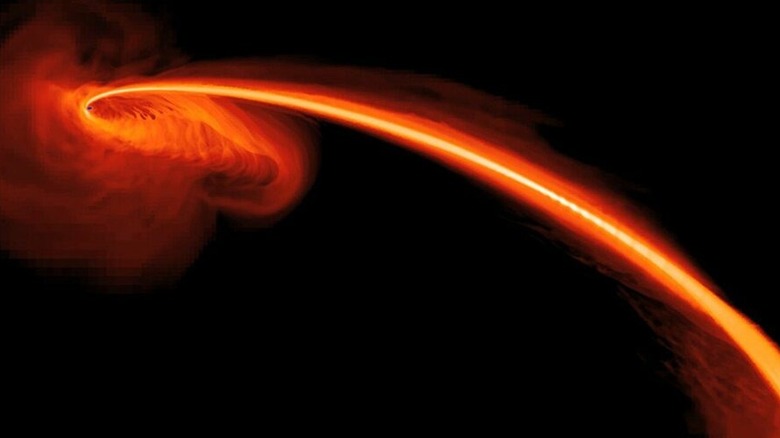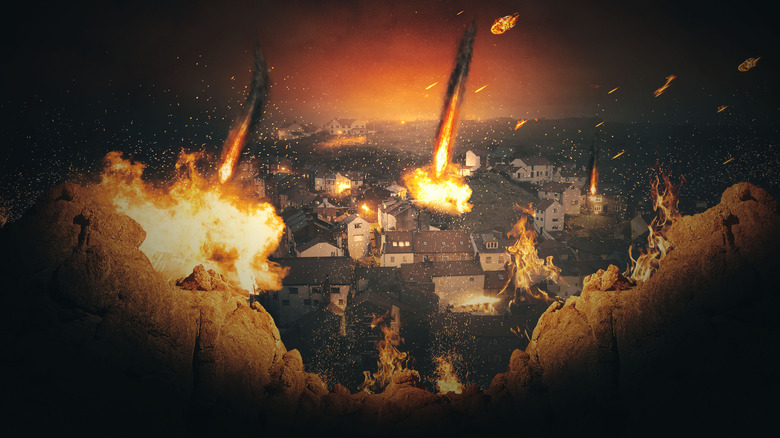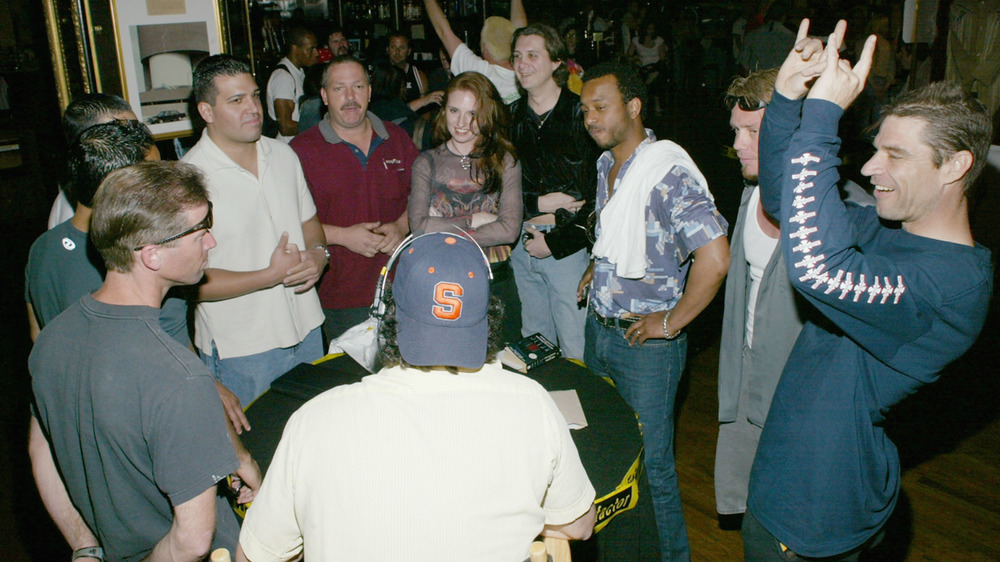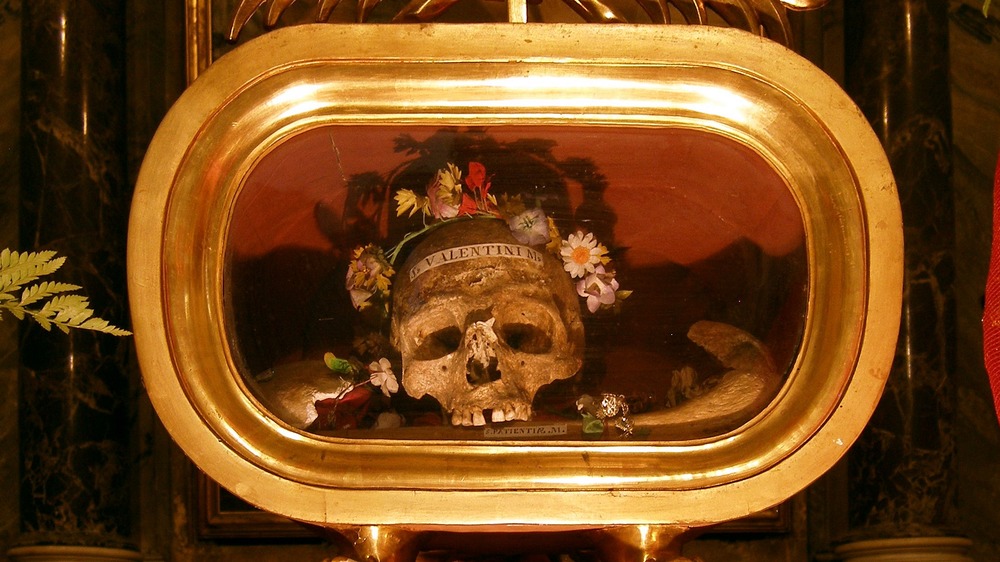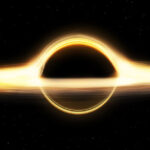
This Is What Happens To A Star Swallowed By A Black Hole
You’ve no doubt heard about black holes — they’re the “stars” (so to speak) of modern astrophysics, and have confused even the sharpest minds of our time. You’ve also likely heard about what it would be like to get sucked into a black hole: you’d be stretched out in a process scientists have literally dubbed “spaghettification,” per NASA. But have you ever wondered what it’s like for a star to be gobbled up into a black hole? What exactly is that process like — and, perhaps even more interesting, what does it look like?
First, it’s important to know what black holes are. According to Space.com, black holes are “regions in space where gravity is so strong that nothing can escape.” Black holes are born when supermassive stars collapse in on themselves, forming unimaginably dense objects. Thus, when anything gets close to a black hole — specifically, past a point of no return called the “event horizon” — it gets pulled in, as the black hole’s extremely dense center exerts an incredibly large gravitational pull. Even light is unable to escape this pull, and light is fast. (Modern physics maintains that light is the fastest thing in the universe, per Space.com.) Thus, it’s no surprise that entire stars can get pulled into black holes as well.
There’s plenty of space in space. But, at the same time, collisions between objects like black holes and stars do occur, especially since massive objects are attracted to one another.
Some of a star's mass will get pulled into a black hole, while the rest is rapidly ejected
Per NASA, a team from Johns Hopkins University was able to witness one of these collisions in 2010. This distant event could only be detected as a flash of light, which they initially thought may be a supernova — a massive stellar explosion. But after months of observing the unusual fluctuation in brightness, they determined that this flash must be the result of a star’s collision with a black hole. But why would that be so bright?
Dr. Suvi Gezari, head of the Johns Hopkins team, explains that only some of a star’s mass gets sucked into a black hole when the two bodies collide. “When the star is ripped apart by the gravitational forces of the black hole, some part of the star’s remains falls into the black hole, while the rest is ejected at high speeds,” she stated. It was the glow of this ejected gas that the researchers were able to detect; some of that gas coalesced around, and continued to fall into, the black hole, while the rest was released into space. (NASA’s computer-simulated rendition of this violent, yet beautiful, event is depicted above.)
What makes the 2010 discovery unique is that, by analyzing the ejected gas, the astronomers were able to form a thorough profile of the black hole’s “victim”: a helium-rich star, likely a red giant, nearing the end of its life. “It’s like we were gathering evidence from a crime scene,” Dr. Gezari said.

Alec Baldwin's Biggest Tragedies Explained

The Crocodile Moment That Had Steve Irwin Fans Seeing Red

This Is What Happens To Your Body When You Die Of Thirst

The Truth About The Deadly Kaprun Railway Disaster

The Odd Reason Charles Manson's Mother Was Sent To Jail

The Dark Truth Behind The Woman Who Raised Hitler

Did Amelia Earhart Have Any Kids?

The Strangest Things People Have Left Behind In Ubers

Here's Why The US Has The Most Prisoners

The Most Expensive MythBusters Episodes
